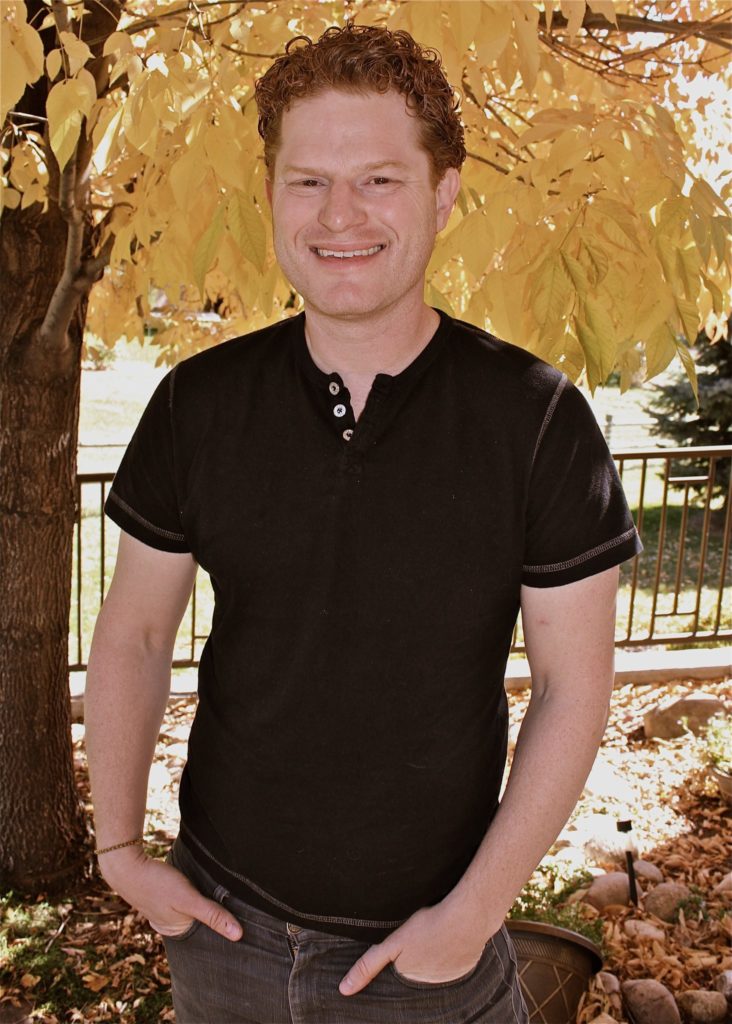
Since the early days of his career, Colorado State University Professor Randy Bartels of the Department of Electrical and Computer Engineering has been developing methods to advance the basic science of controlling matter with light.
Now, building on his previous findings and proven techniques, Bartels is leading new research in optical and biomedical microscopy aimed at improving lives and fighting disease.
Bartels has received a $1 million Deep Tissue Imaging Grant from the Chan Zuckerberg Initiative, or CZI, to develop new imaging technologies that could not only advance the understanding of the human body, but also offer new capabilities for studying basic biology, disease pathology, and early disease diagnosis.
He will work in partnership with co-principal investigators Jeffrey Field, director of the Microscopy Core Facility at CSU and Christian Puttlitz, professor and head of the Department of Mechanical Engineering. Bartels and Puttlitz have joint appointments in CSU’s School of Biomedical Engineering.
“We want to enable researchers everywhere to visualize, measure, and analyze the biological processes underlying health and disease,” said Cori Bargmann, CZI ‘s head of science. “That means taking multiple approaches.”
Unscrambling light to peer deeper into the human body

Bartels and his team aim to unscramble the scrambled light in biological tissue to illuminate previously hidden features.
Breakthroughs in biomedical imaging have transformed human health diagnostics, from magnetic resonance imaging (MRI) to computerized tomography (CT) scans. But to cure, prevent, and manage diseases, there is a need for a deeper understanding of biological systems. “We are far from the ultimate goal: to observe cells and subcellular processes in living organisms in a minimally invasive manner,” CZI said in a release.
The grant from CZI will allow the CSU team to develop a novel, noninvasive imaging tool to open new windows of observation into the human body. Their goal is to view information at cellular resolution, in complex tissue and through skin and bone, in living organisms.
According to CSU’s Bartels, light propagating through a dense fog is like light propagating through biological tissue.
“If you attempt to use a flashlight to view the bones and tendons and blood vessels within your hand, for example, you won’t succeed. The light will be scrambled so that all you see is a red glow on your palm,” he said.
Bartels and his team aim to unscramble that light in biological tissue to illuminate previously hidden features. While ultrasound, MRI, and x-ray imaging can form images from deep within the body, imaging deep in skin with optical microscopy is not possible because tissue scrambles the light propagation, rendering the tissue opaque, and thereby fundamentally limiting the range of biological questions that scientists can address today.
“My goal, ultimately, is to help people live healthier lives,” Bartels said. “I’m thrilled to be supported in this endeavor by CZI. Together, we will revolutionize the way we ‘see’ light.”
About CZI
Founded by Dr. Priscilla Chan and Mark Zuckerberg in 2015, CZI is a new kind of philanthropy that’s leveraging technology to help solve some of the world’s toughest challenges — from eradicating disease and improving education to reforming the criminal justice system.